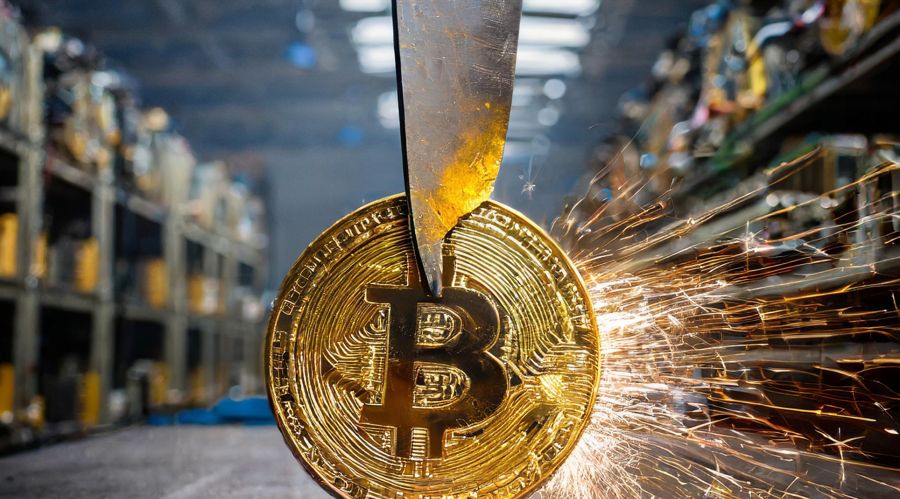With spot Bitcoin ETFs having been approved the same year that the halving is set to take place, many newcomers to the space may be wondering: what is the Bitcoin halving? This is a common question among those wanting to learn more about the Bitcoin protocol. Expected to be the most important event in Bitcoin’s history, the 2024 halving is expected to occur sometime on or around April 13.
Here we will cover the basics of how the Bitcoin halving works, what the Bitcoin halving is, why it happens, and what it may mean for markets this year and beyond.
4 Phases of The Bitcoin Halving
1. Pre-Halving Rally
Approximately 42 days remain until the Bitcoin Halving in April 2024
And ~60 days before the Halving, a Pre-Halving rally tends to occur (light blue)
History has repeated in this respect
Now, Bitcoin is approximately… pic.twitter.com/UQ8Klh6EfH
— Rekt Capital (@rektcapital) March 4, 2024
Understanding the Bitcoin Halving
Before looking at the potential impacts of the 2024 halving, let’s discuss how the Bitcoin halving works.
Bitcoin operates on a deflationary model, where the reward for mining new blocks is halved every 210,000 blocks, or approximately every four years, a process known as the “halving.” This event is significant because it reduces the rate at which new bitcoin are generated, thereby limiting supply. Bitcoin is the only asset in human history to have a fixed supply that never increases, making it the hardest currency ever known.
This aspect of the protocol cannot be changed due to the decentralized distribution of nodes. For the supply limit of Bitcoin to be increased, the majority of nodes would have to agree to such a change. While this might be possibly in theory, it’s hard to imagine a scenario where it becomes reality. Thousands of independent node operators around the world would have to agree to making themselves poorer and reducing the value of Bitcoin as a whole.
The 2024 halving will slash the block reward from 6.25 bitcoin to 3.125 bitcoin. Historically, each halving event has been followed by a notable increase in bitcoin’s price, although past performance is no guarantee of future results. However, the anticipation alone can lead to increased trading volume and price volatility, as we’ve seen in recent weeks.
Contrary to what some market commentators may say, the halving can never be truly priced in before it happens. That’s because much of the selling pressure in the market comes from miners, who must sell…
























